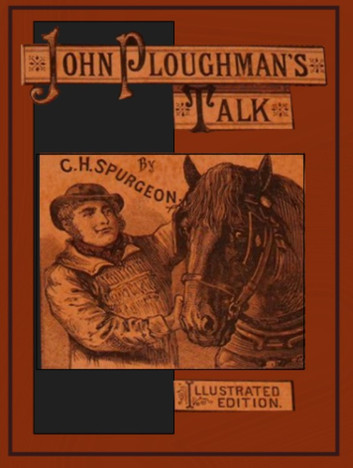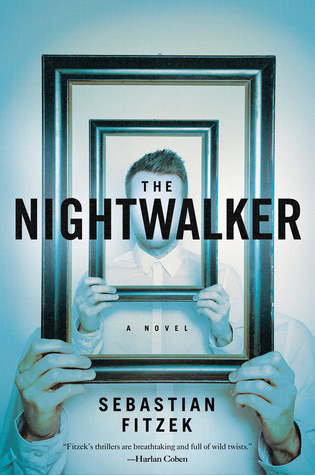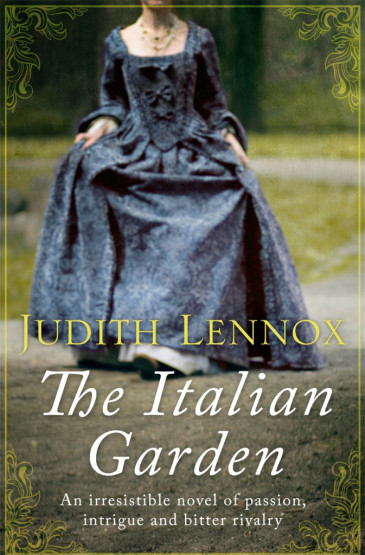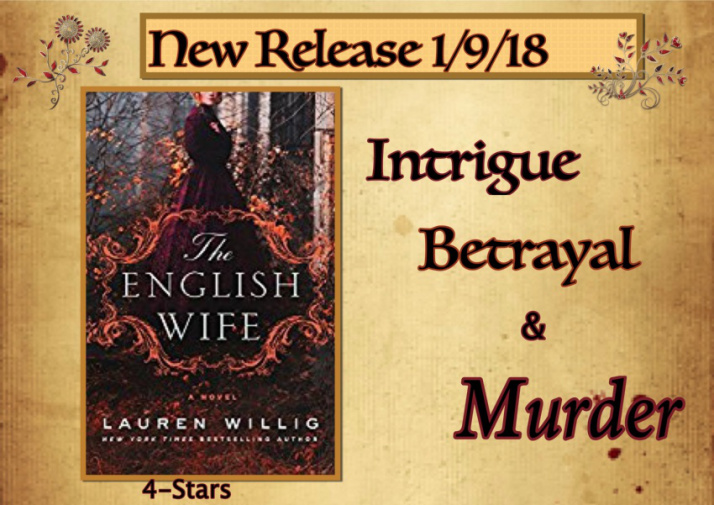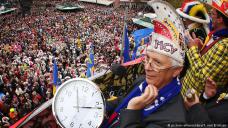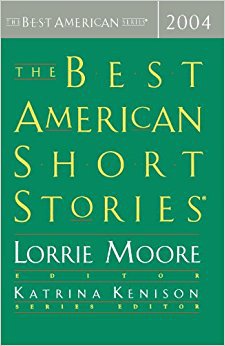 This is the story of an invisible community, where one voice at a time leads us to connect with others, in a chain back in time.
This is the story of an invisible community, where one voice at a time leads us to connect with others, in a chain back in time.
It starts with Katrina Kenison, who edited the annual Best American Short Stories series in the 90’s and early 2000’s. I love the essays she’d write as a foreword to each volume–usually loving little slices of the literate life, crisp and juicy together. For example, consider the paragraph from her essay in the 2001 volume, below. Isn’t it perfect?
Actually, her very best such essay was the one that started off the 2004 volume. I’ve used that essay a number of times with students, as a model of style and form–it seamlessly weaves a meditation on books with an illustrative anecdote, written in a way that creates comfort while it also demands engagement and action. I don’t have a copy handy just now, so I can’t provide a quote, nor is it anywhere online that I can find, but this book–along with all the volumes she edited–is worth tracking down just for her essays alone.
(She’s written other books, but I wish she’d compile one just collecting all these essays. What a treat that would be!)
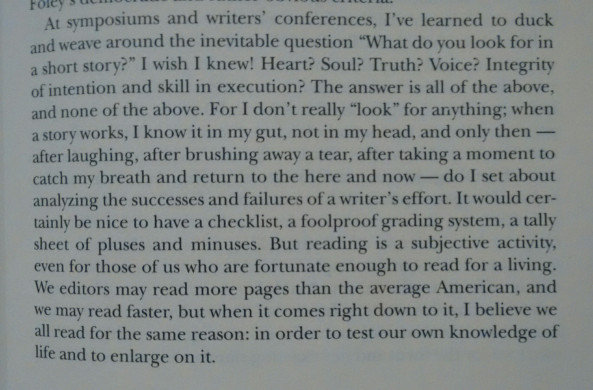
In the 2004 edition essay, however, Kenison mentions several older books that she’d found in a used book shop that was about to close. She tosses off titles with brief reveries about the contents–tiny taglines meant to offer whisps of joy found between those covers–and I’ve long wanted to find some of them myself.
This year I finally did. One in particular stood out to me, Rachel Peden’s Speak to the Earth. As I recall, Kenison called Peden “a naturalist of the first order.” Sounded good to me.
No library in southern Nevada had a copy, so I used the interlibrary loan program available at the university where I work part time to borrow a copy from whomever had one to share. (Here, I must offer deep and real thanks to the good people at the libraries on the sending end–Baylor University–and the receiving end–UNLV–for their work in getting me this book. The fact that a few folks had to go out of their way to put this in my hands, just so I could have the experience of enjoying it, genuinely means a great deal to me–it’s humbling, but also inspiring that the world has people so dedicated to books. That’s icing on the cake.)
As I started the book, I tried to find what I could about the author online. I came across this recent-ish article out of Indiana. It added even more to my reading, creating an even fuller world in mind for Peden’s thoughts to take place in. A screen shot of the first page is below, but as with Kenison’s essays, the whole thing is worth reading.
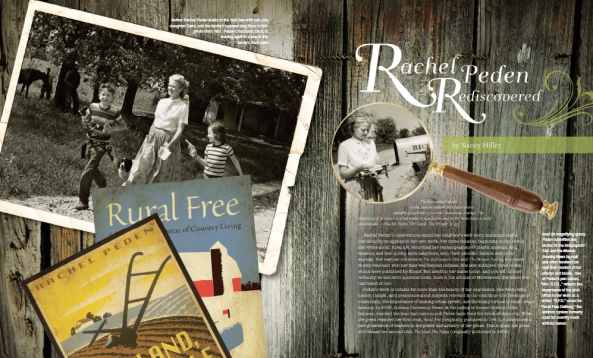
And then, finally, there’s the book itself. What can I say about it? It was one of the most lush, joyous, meaningful things I read all year. So different from my own experience, and still, yes, so similar. Such is one of the great values of reading, that people separated by so much distance and time can come together (Peden died two years before I was born) and the inheritors of past writing can see how much we have in common.
Kenison was correct–Peden writes with an acute eye for detail about the nuances of nature. Having a permanent front-row seat, she sees details that would have escaped my eye even if I had been there.
And her ideas about life, individuals and communities alike, grow from these pictures of rural time just as naturally as the flowers she often so lovingly describes grow from the soil at her feet. Both are rich beds for fruit.
As examples of all this, here are just seven short passages that connected with me. I took pictures of at least three times as many, but as with everything above, I would encourage you to find a copy and immerse your mind in the whole thing. It’s a great way to live.
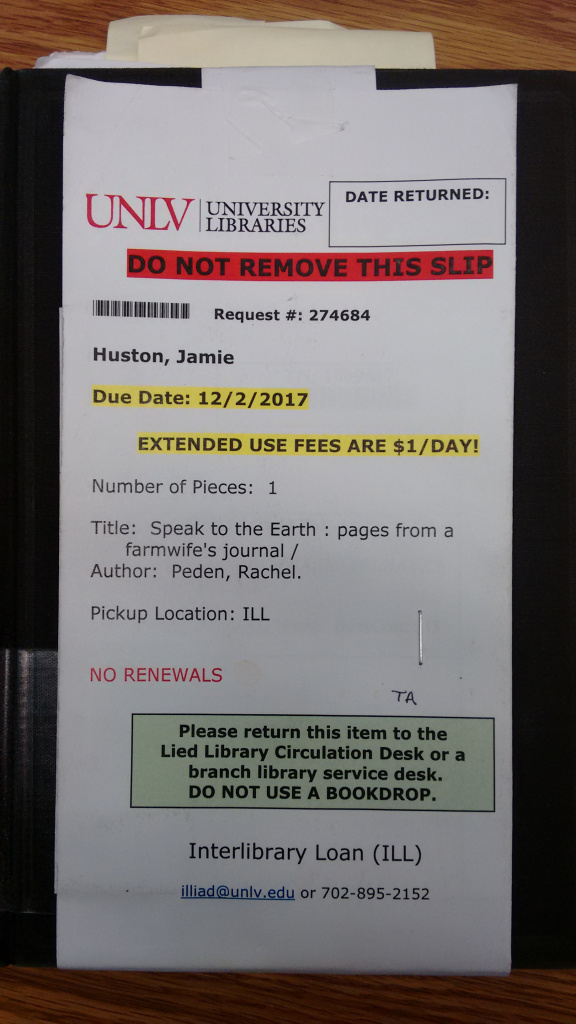
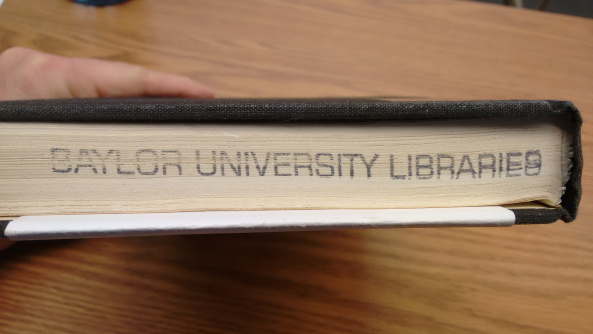
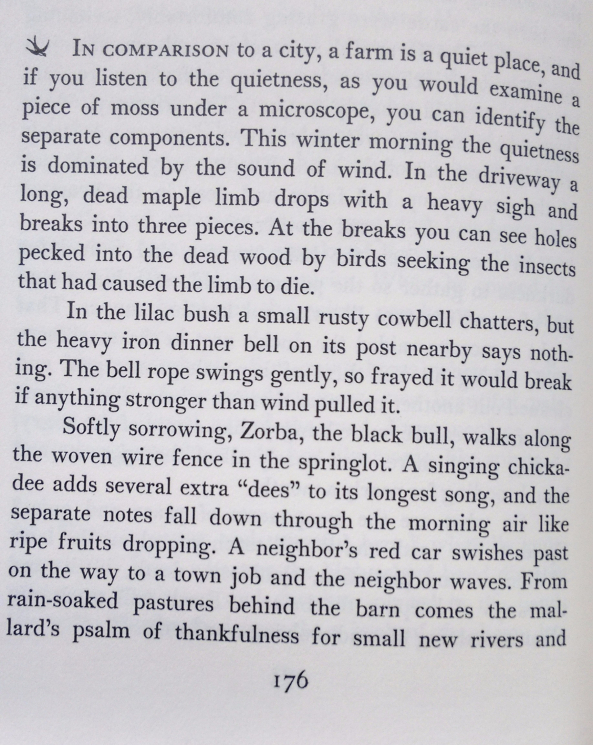
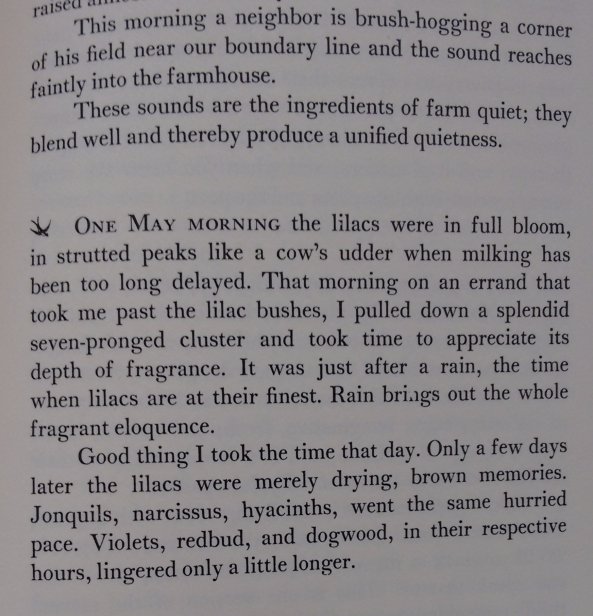
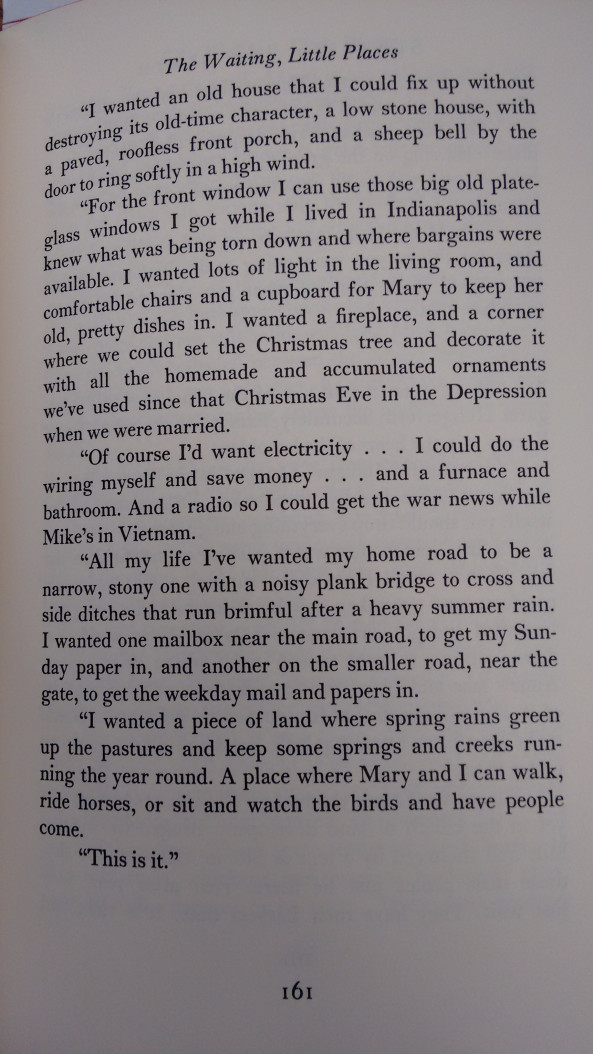
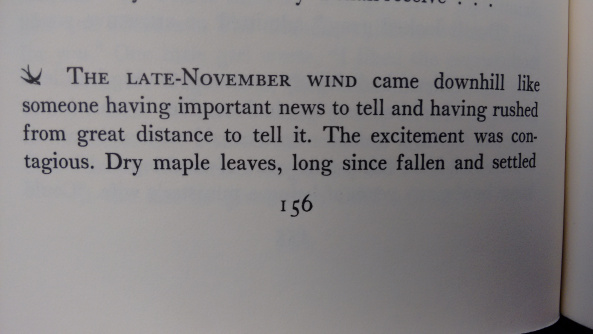
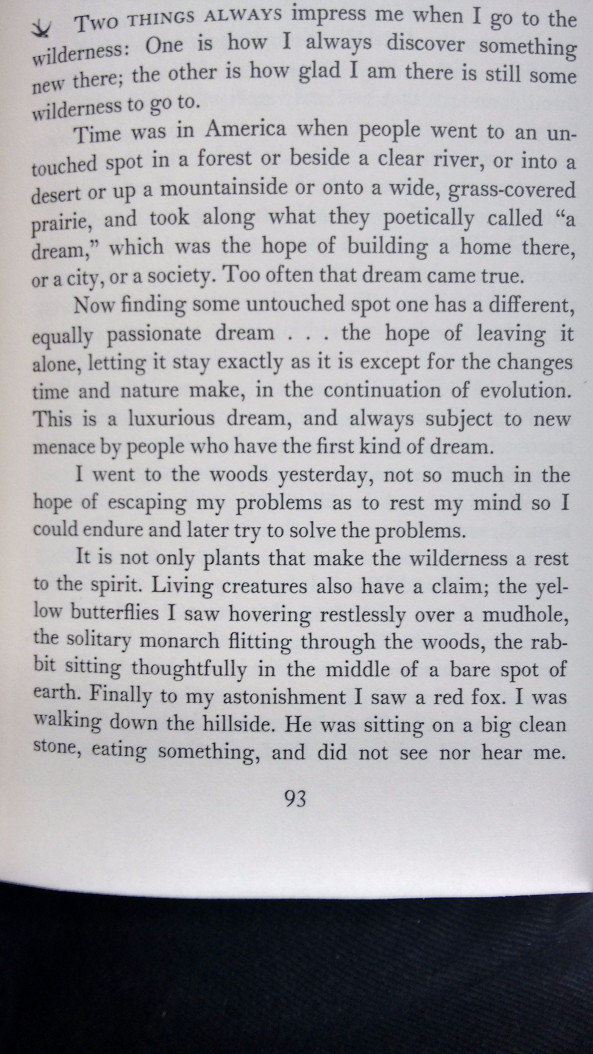
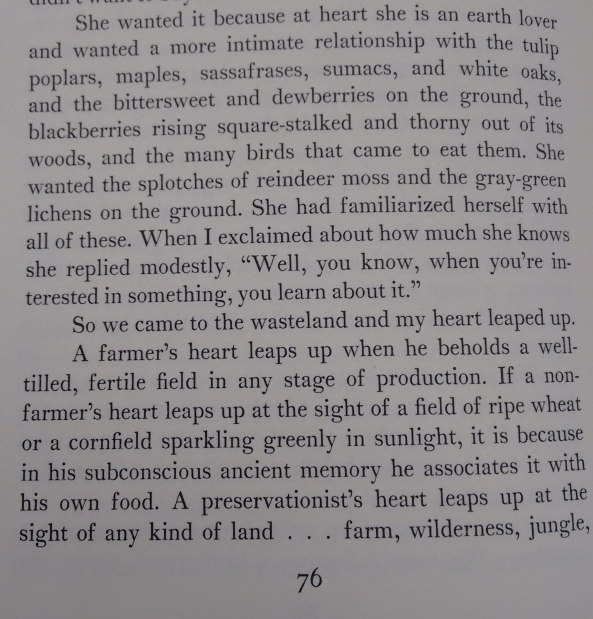
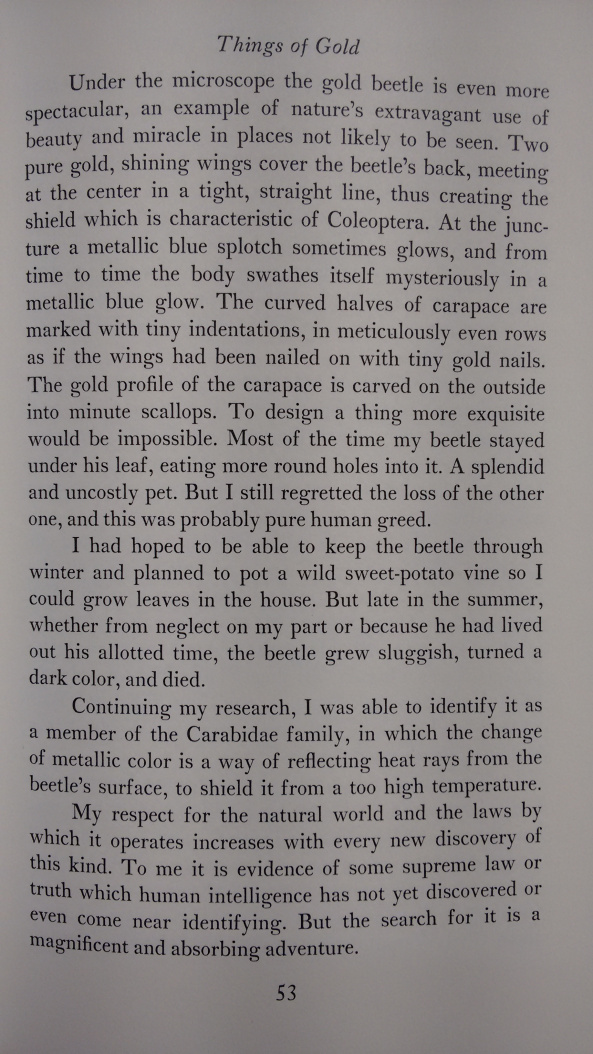
As Katrina Kenison might say, this book enlarged my knowledge of life.
So what now? At one point, Peden mentioned the ancient library of an older lady, which included a volume called John Plowman’s Talk. That’s another intriguing title, so I looked it up: it’s a work by C.H. Spurgeon of Victorian era sermons. Perhaps that’s a genre whose time has come around again, so I’ll track down a copy and see what’s in it, and where else that might lead me next.
Life is good.
